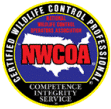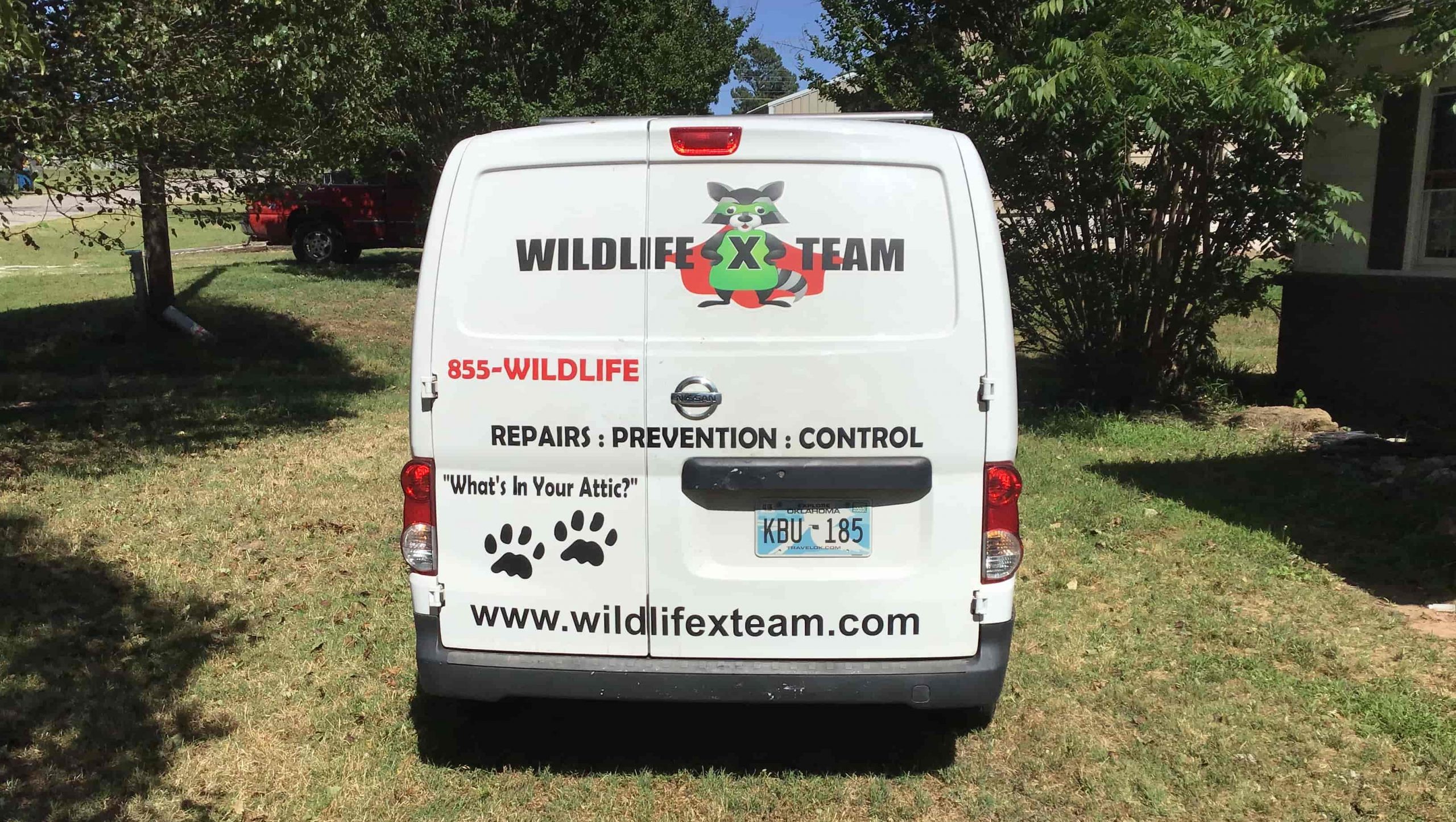
Call for Your Exclusive Wildlife Inspection Report.®
Insulation Removal and Replacement
Animals in the attic can not only cause a lot of disturbing noise but can also damage your attic, including the insulation that is crucial in keeping your house warm. An uninsulated home can lose a quarter of its heat through the roof, hence why insulating your attic or loft is the most effective way of reducing the heat loss, but also the price of your heating bills!
Contaminated insulation
Different pests can do different damage to your house. However, many wild animals get into your property through the attic, hence why that’s usually the place with the most damage. This is also the reason why insulation is the material that often gets destroyed.
Rodent activity
The presence of rats and mice can very easily be recognized when their droppings and urine contaminate the insulation. This can put you and your family at serious health risks, hence why it is crucial to carry out a treatment and then replace the insulation. Moreover, rodents can also cause damage to the insulation by chewing on it, which then can result in the insulation not working properly.
Pigeon guano
Pigeons can carry diseases that can be transmitted to humans and cause serious health problems. Transmissions of such diseases usually occur when a person inhales airborne particles from dried feces, respiratory secretions, or feather dust. Having pigeons in your attic puts you at a higher risk of getting infected, but even if you get rid of these pests, the dust and their guano will still be present in the insulation in your attic. That’s the reason why it is important to inspect your attic carefully after dealing with the pest problem to decide if new insulation is required.
Professional help
Insulation removal and replacement require professional help. Wildlife X Team Tulsa offers attic restoration in the area of Tulsa – our team removes the damaged insulation and replaces it with a new one. We have all the equipment needed to proceed with work and can also work with most insurance companies. If you want your attic back in shape in no time, contact Wildlife X Team Tulsa!

Get Quote for Your Exclusive Wildlife Inspection Report.®



How does it work?
Typically, a team will first have a look at the attic and then dispose of all the old insulation in a safe manner. The second step will include carefully vacuuming any droppings, dust, fur, or feathers that may have been left there after the presence of wild animals. After that, they will thoroughly disinfect the attic. Finally, the new insulation will be put in place. If your old insulation doesn’t seem contaminated or not really damaged, you can also request the cap of existing attic insulation.
Remember that replacing your old, contaminated insulation is crucial as it minimizes the health risks posed to you and your family by pest activity. Moreover, it is the best way of keeping your house warm and saving on your energy bills.


